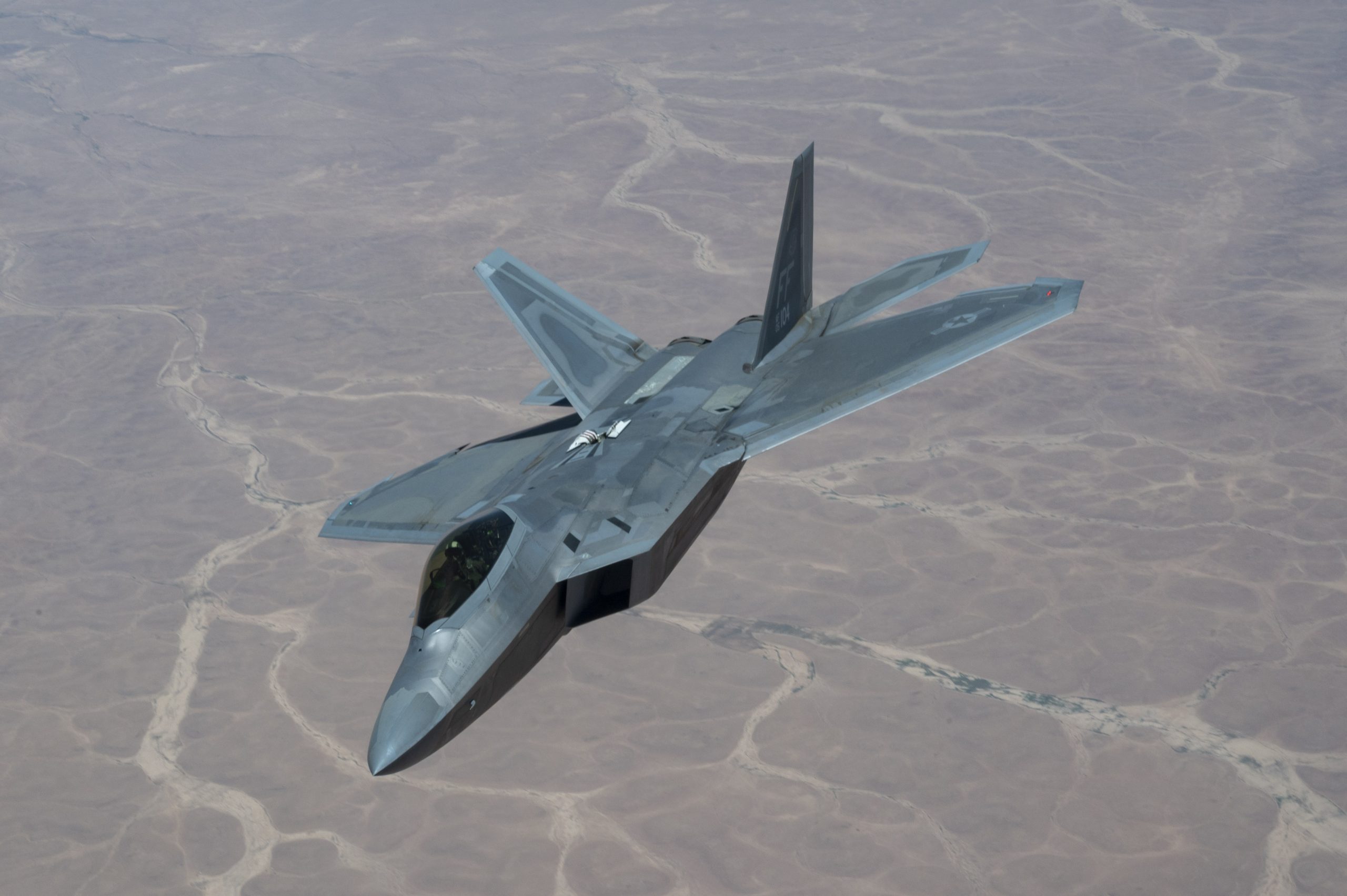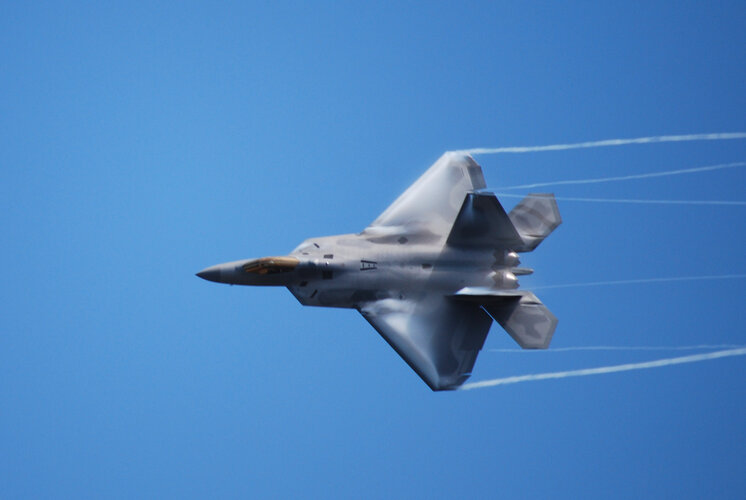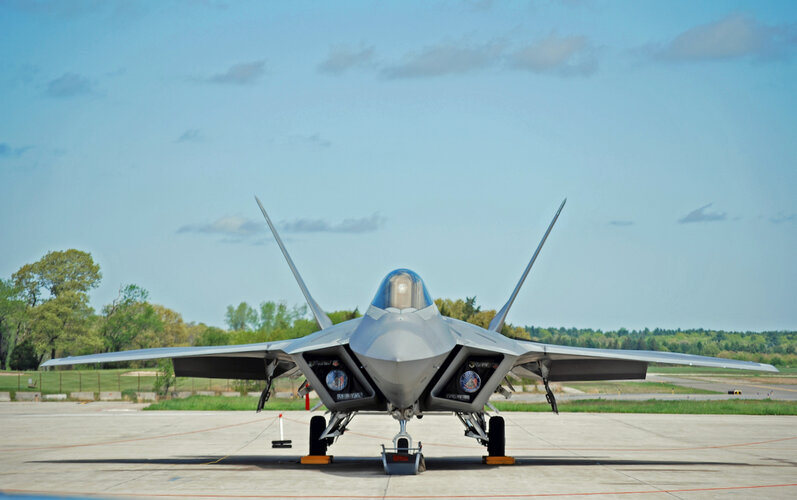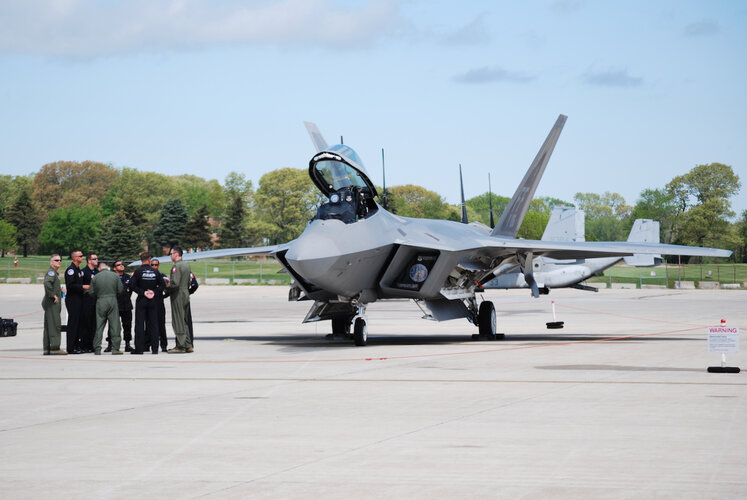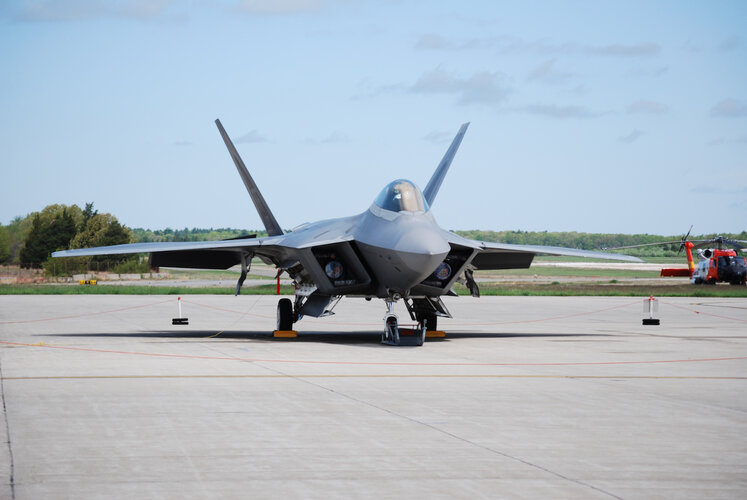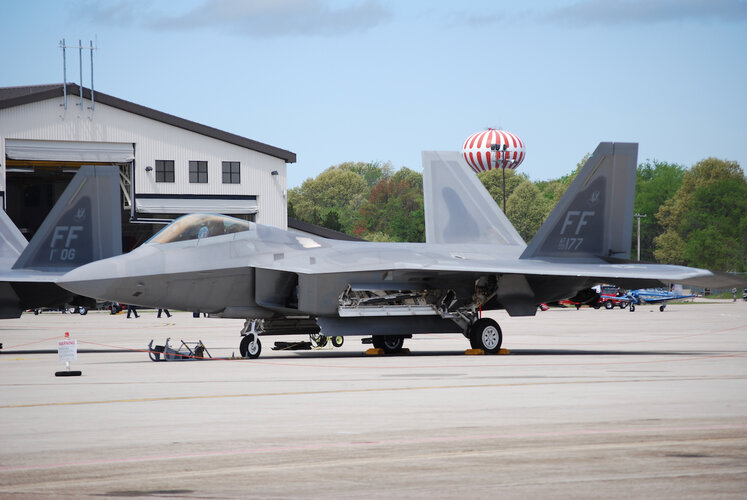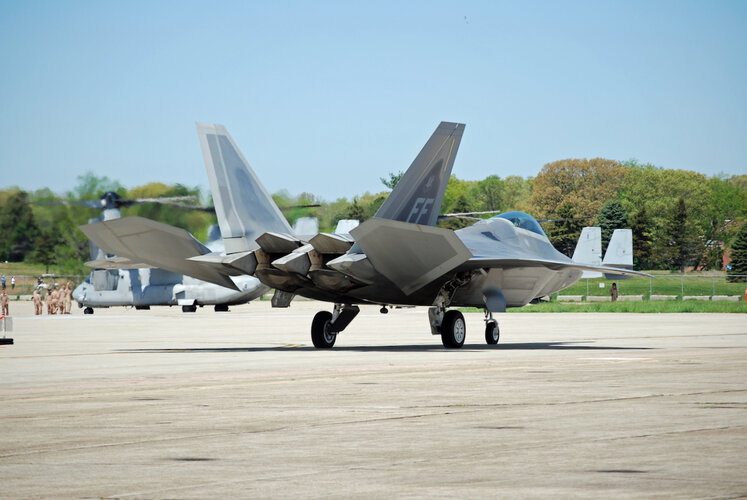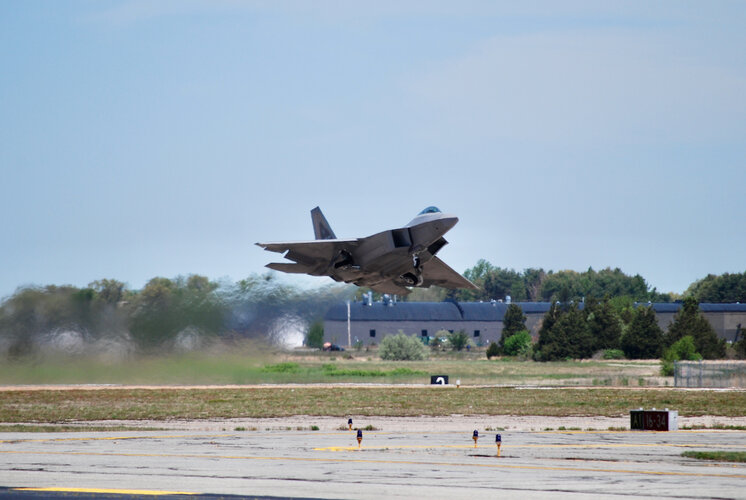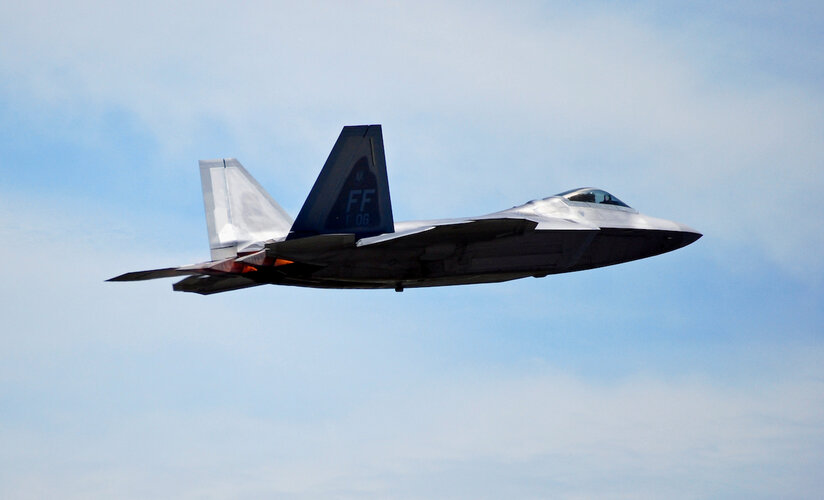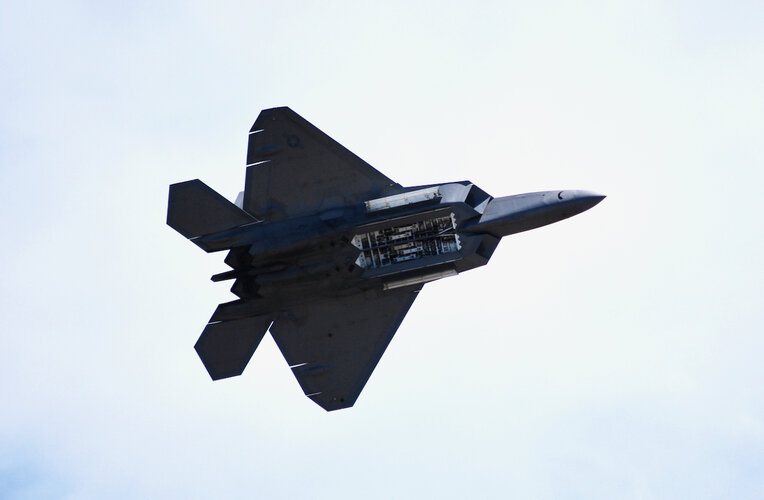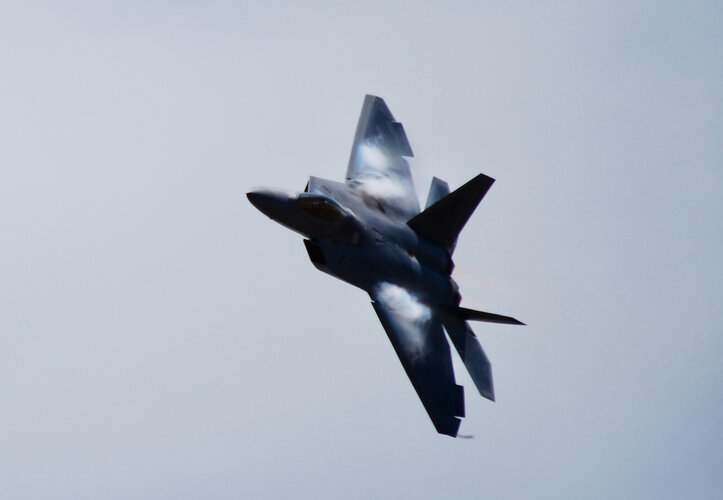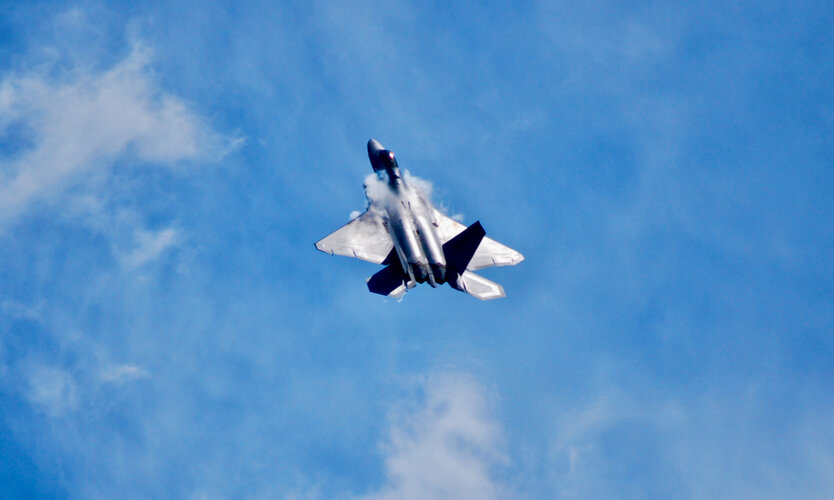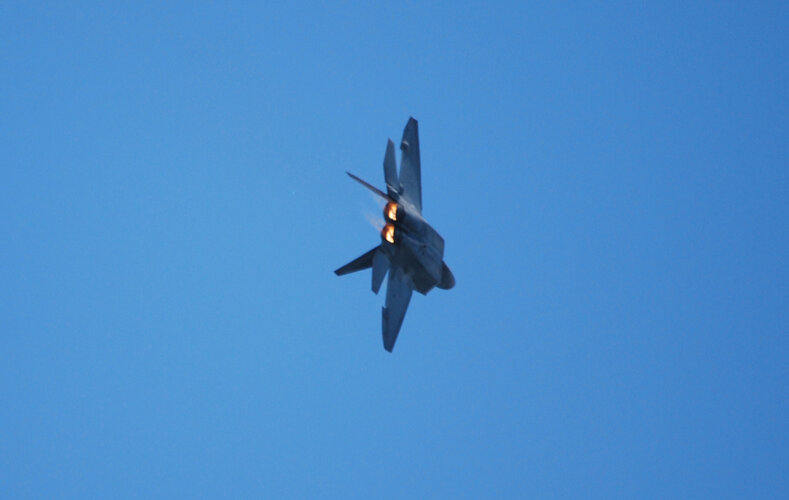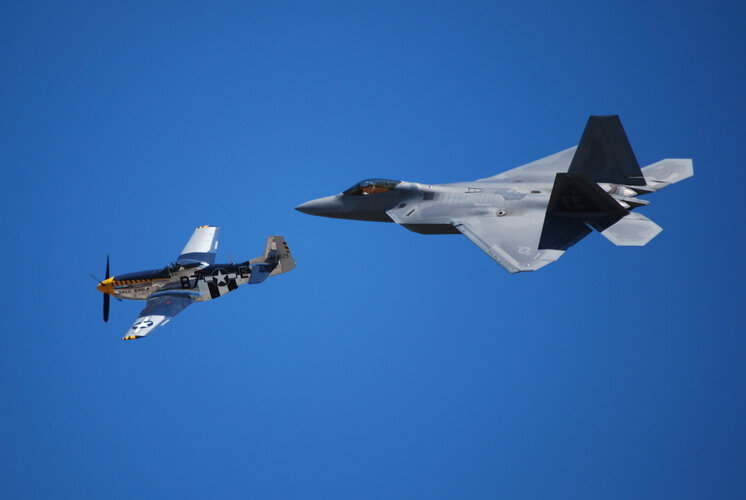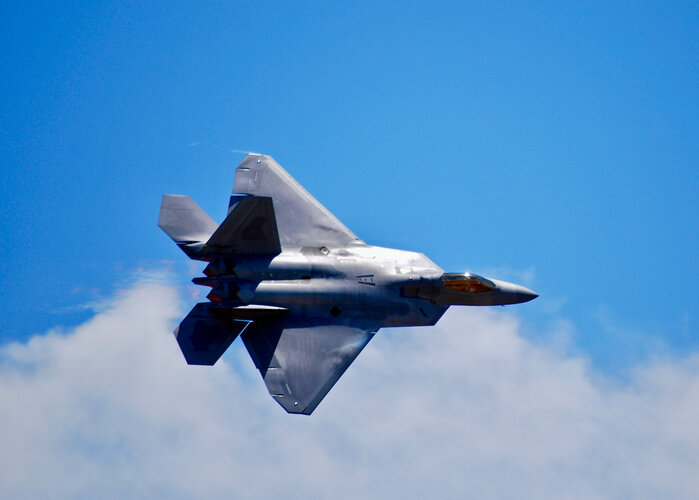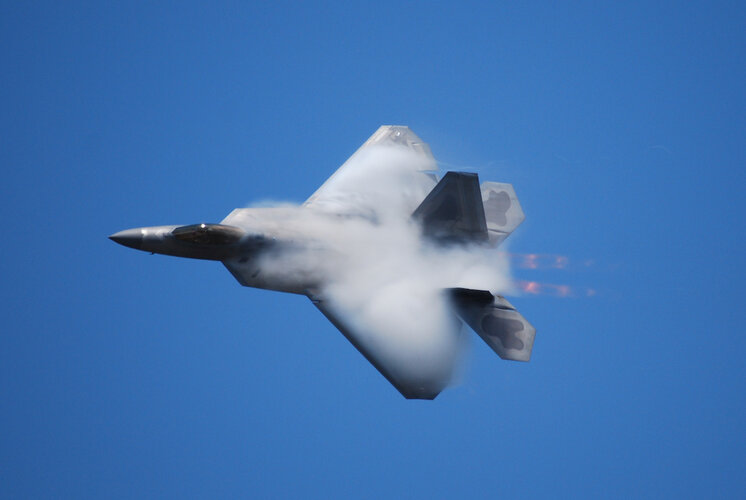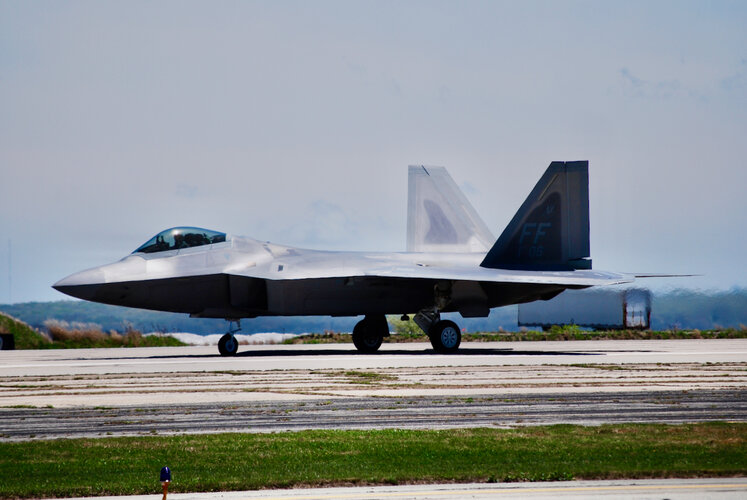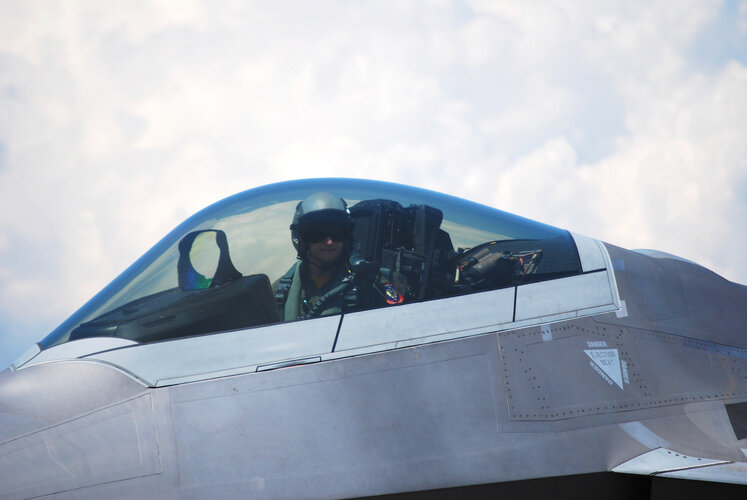One of the major issues with electronic components used in military aerospace programs is obsolescence. You design your system with the best available technology for a system that takes 10 years to reach series production, and Moore’s Law (double the speed & capacity at half the cost every 18 months) has made your components obsolete by 3-4 generations. Just finding someone to manufacture some of the chips is often an huge challenge, and redesigning your system to use newer chips is not a trivial matter - sometimes your software won’t run correctly with newer / faster processors, you have to make sure they are EMP resistant and meet other Mil Spec requirements, have to test and qualify the system with the new components, etc. Sometimes the solution is to make a “lifetime buy” of the obsolete chips to be able to produce and support your system for the lifetime of the weapons system.

